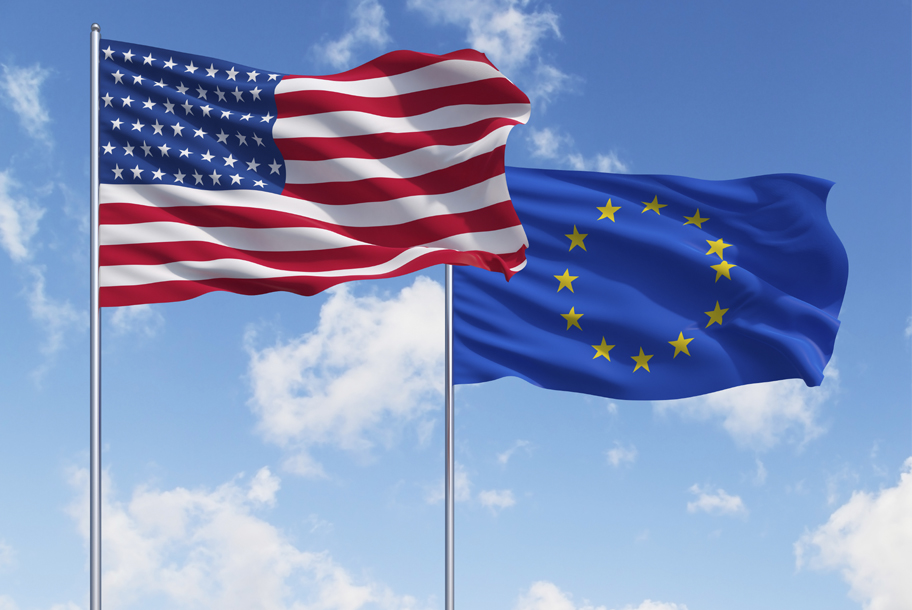Good Clinical Practice
This is not the first time we speak about Good Clinical Practice regulations (you can read more on our blog: Essential Documents according to Good Clinical Practice , ICH GCP Certification and ICH Good Clinical Practice Online Training, but it is a fact that this is the most important and in the same time reviewed source of information about documentation and processes within the clinical research industry. Here is a brief description for the ones, who are still new to the topic:
Good Clinical Practice or also known ICH-GCP are the official and international guidelines for designing, documenting and reporting of clinical trials that involve human subjects. They include not only quality standards, but also ethical principles to make sure that all newly developed drugs and medical devices are proven to have clinical benefit on people and their health well-being.
Regulatory Authorities (FDA and EMA)
In each country there is an official authority interpreting the GCP regulations and implementing them into the local laws and overseeing the drug development process and making sure that new drugs, treatments or medical devices come to the market only when they have been tested according to GCP regulations. Some of the biggest institutions with international impact are the FDA and EMA and here it is some information about both:
-FDA comes from Food and Drug Administration and it is a part of the US Department of Health and Human Services. It reviews, approves and regulate all drugs and medical devices sold in the USA. Once a drug manufacturer can demonstrate a drug’s safety in pre-clinical animal studies, it submits an Investigational New Drug (IND) application to the FDA. The drug then goes through four phases of human testing that evaluate its method of action, proper dosage and safety.
-EMA stands for European Medicines Agency. Similar to the division of the FDA called the Center for Drug Evaluation and Research (CDER), it is responsible for the public safety when it comes to new drugs, treatments and medical devices. Compared to FDA though, EMA regulates the drug development process to not only one country, but to all members of the European Union.
One of the key activity these two regulatory bodies have is to inspect sponsors, clinical research organizations, investigators sites and all parties involved in the clinical trials. The way they collect information, perform inspection and analyze data is a matter of their internal structure but globalization of clinical trials has changed this a lot.

Globalization of clinical trials
Globalization has its impact on the clinical research industry as well. The demand for more efficient drugs and medical devices worldwide and the lack of enough human subjects to participate in clinical trials has made it impossible to complete all their phases without having multinational locations. As mentioned above in each region there are separate interpretations of the ICH GCP guidelines and the way they review and implement the regulations. This makes it complicated to observe an international clinical trial because information required from the parties involved is different, as well as the deadlines and procedures. This brought the questions about the difference between the two biggest regulatory authorities: FDA and EMA.
EMA-FDA Good Clinical Practice initiative
In 2009 EMA and FDA initiated a joint campaign on working more closely and see how they can collaborate. They started with a pilot project where they simply shared documentation and inspection outcome so that they can ease the review process of clinical trials performed in the USA and any of the EU countries. There is an official report on the Pilot EMA-FDA GCP Initiative. Both authorities were, however, advised by the industry to take a further step and try to organize one mutual inspection instead of two different that require double time, efforts and costs. EMA and FDA inspectors and inspection processes conducted over the last five years using recent examples of joint inspections.
Good Clinical Practice-EMA vs FDA differences
One of the hot topics discussed before and during the pilot project of the EMA-FDA Good Clinical Practice initiative is hoe different and similar EMA and FDA are. It is important to know that the GCP standards are international principles ensuring the human safety defined in the Declaration of Helsinki. This means that they can’t be changed by any local or regional institution. However, the way these principles have been implemented and overseen is the key reason why there are certain differences between EMA and FDA. Below you can see some of them:
FDA uses New Drug Application (NDA) form, where EMA calls this Marketing Authorization Application (MAA). Both of the applications have the same role for initiating drug development process, but the information required and deadlines for submitting and approval are different.
The FDA has a centralized clinical trial registry, where the EMA depends on local specific registries, where each and every country has its own ways of collecting and providing information.
* This is about to change, as EMA made it official this year that by 2017 they will develop a unified online system where all clinical trial parties will be able to submit their documentation and will maintain their communication with the regulatory authority.
Only FDA requires financial disclosure statement by the investigators.
Only EMA requires specific consent for clinical trial information to be sent outside of its region;
Only EMA requires a completely separate approval application for each clinical trial in a drug development process.
Who is directly interested in the differences between FDA and EMA?
Quality Assurance Personnel (Auditors, Compliance Officers)
Clinical Trial Managers
Clinical Research Associates
Project Managers
Drug Safety Personnel
Post-Marketing Pharmacovigilance Personnel
Conclusion
In the past couple of years there has been an enormous progress in the clinical research industry. Technology and globalization has made it clear that we need to act together, if we want to be better and improve our quality of life significantly. The two of the greatest agencies making sure that we can trust the industry and its advancements are now challenged to be more open to each other and to work together in order to optimize the current processes and ensure the good future of clinical research.





